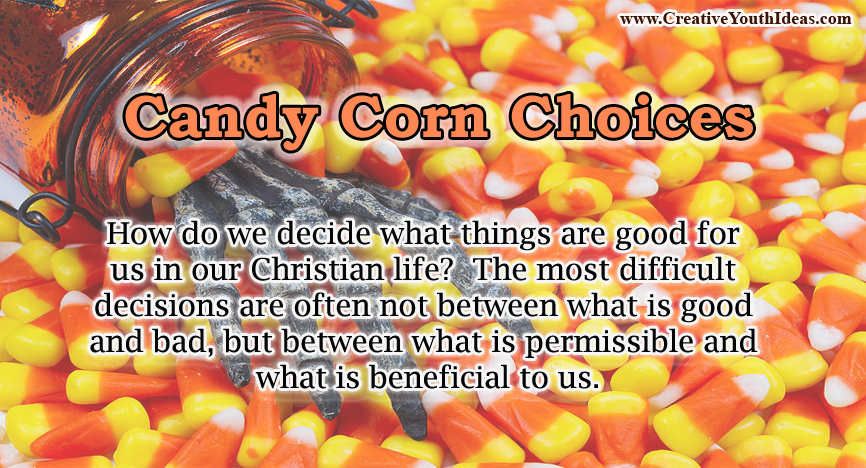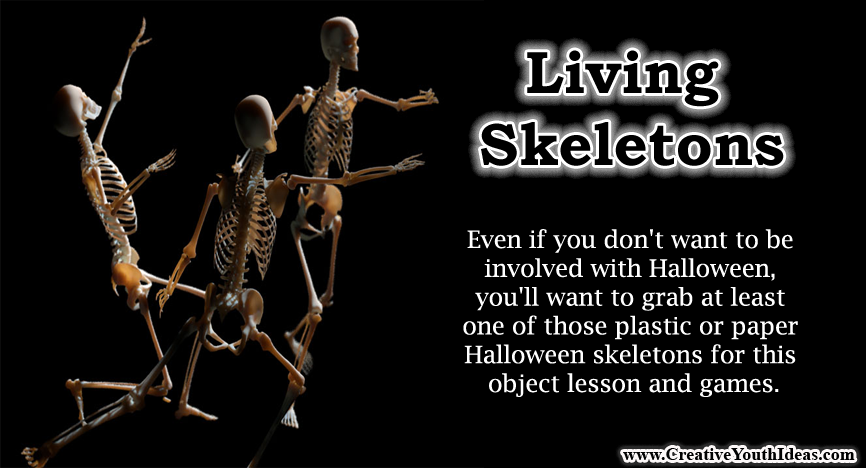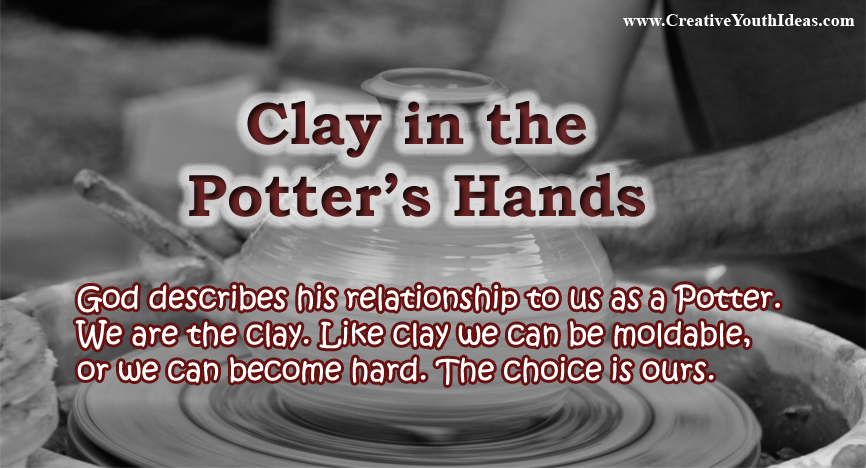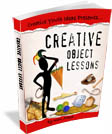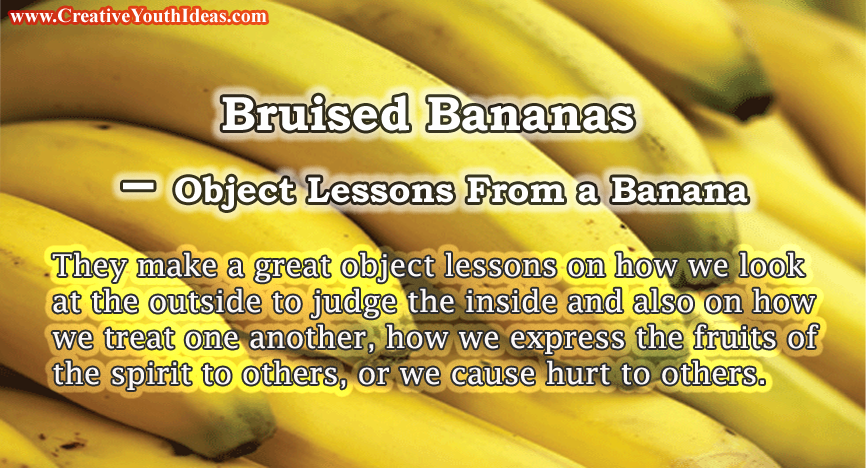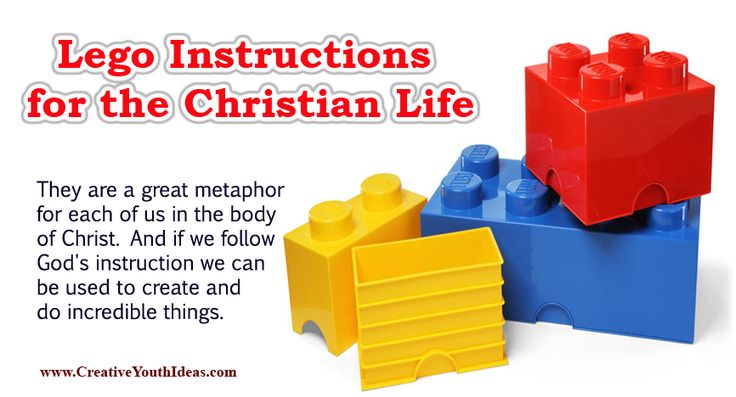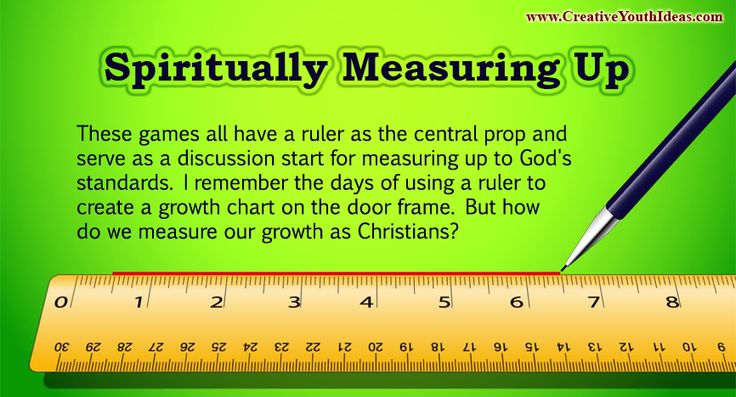It’s not just Halloween that people wear masks. If we are honest with ourselves, most of us put on masks from time to time. We put on a mask any time we are not honest with others or don’t want to reveal some aspect of who we are. Anytime we try to make ourselves come across as something we are not, we are putting on a mask.
PLEASE SHARE THIS IDEA ON FACEBOOK – CLICK HERE
Games using masks
- Masked Games – You can play just about any favorite youth game but add masks to the game for a twist and to tie into the lesson. The mask limits your vision and adds an interesting twist to the favorite game.
- Find the masks – Hide various masks around the youth room. Youth must search the room and note the locations of all the visible masks. First youth to get the correct answer and identify all the locations wins.
- Masked Man Relay – Buy a variety of hats, wigs and masks or maybe some sunglasses or other fun eye wear … anything and everything your guests can use to decorate themselves. Use non-offensive costumes like superheroes, hobo, clown, farmer brown, a prince or princess, scarecrow, hippie, animals, disney characters etc. Clothes should be large enough to fit easily over what youth are already wearing. Have one set for each team. Place all the props on a table. One by one each team member must run to their team’s table, put on all the props, and then return team and remove them. The next player then puts them all on, runs to the table, removes them and places them back on the table then returns to the team. First team to complete the relay wins. (Note: be sure to take a photo as each one gets costumed up.)
- Quick Change Artists – Get a veriety of costumes. Use non-offensive costumes like superheroes, hobo, clown, farmer brown, a prince or princess, hippie, scarecrow, animals, disney characters etc. Have one set for each team. In this relay each team must use all the costumes givem to them to dress up their team members. One costume is in each bag. First team to get all the costumes onto team members wins.
- Create a Mummy Challenge – All you need to play this game is a roll of white crepe paper, toilet paper works in a pinch. Divide the youth into teams of two and have one person be the mummy and one person be the mummy wrapper. Time the kids and the first group to completely wrap up their mummy wins and receives a prize.
- Masked Bobbing for apples – Put a large tub, baby bath, or small kiddie pool full of water on the floor – it will be very heavy when it is full, so either do this outside or have some method of emptying it. If you are doing this inside take care to cover the whole area with plastic otherwise the floor will get very wet. Float the apples in the water, pulling all the stalks off the apples makes the game harder. The size of the apples is important, if older youth are playing then you will need big apples, small ones fit into their mouth too easily. The contestants have to wear masks and kneel beside the tub and grab the apples with their teeth. The water must be deep enough or some people will cheat by pushing the apple against the base of the tub. It’s simple! The first person to get an apple out – WITHOUT USING THEIR HANDS – is the winner.
- Masked apples on a string – You will need apples and string. Tie the string to the stalk of the apple. Tie the other end of the apple to something high; you could hang these from the banisters of your stairs (only above a flat surface, it’s not safe to play games on stairs), or pin the strings to beams. On the word “GO” the winner is the first person to take a big bite out of their apple without using their hands.
- Monster Mash – Pick an area that free of obstacles and dangerous corners. You can do it in a room with leaders blocking off any dangerous areas. The monster wears a monster mask and monster hands. They also have a mask with the eye openings covered up placed over their eyes, they aren’t supposed to see. This is a hearing and touching game. All players have to stay within the game area while the monster wanders around with their arms reaching out to catch the players. When the “monster” moans or growls, all the players must moan or growl back and extend their arms. This is how the “monster” finds his/her victims. When a player gets tagged, they becomes the next “monster” and gets to wear the mask.
- Guess the Ghost – This game is guaranteed to be great fun. Sit the youth in a circle, put some music on and get them to take it in turns to be blindfolded with a mask with the eyes covered over so they cannot see. The masked person walks around the circle touching the other youth on the head. When the music stops, the youth who is currently tapped on the head has to let out their scariest ghostly wail. The masked person then has to guess who they think it is. Hand out rewards to people who guess correctly.
TAKE IT TO THE NEXT LEVEL
- If you could be any superhero who would you be?
- What is it about this character that attracts you?
- Why do most of the superheroes wear masks?
MAKE IT SPRITUAL
The word for an actor is the word ‘hypocrite’ in the Greek language. It means ‘the person who wears a mask’ (or covers on his face). In the original Greek plays, actors pretended to be someone else by putting on a mask.
Jesus used the word ‘hypocrite’ to describe the Pharisees and in a parable teaches us an important lesson about masks… (see Luke 18:9-14)
- Why was the Pharisee called a hypocrite – one wearing a mask?
- Why do you think the Pharisee ‘acted’ this way?
- Have you met people like the Pharisee? How did they make you feel?
- In what ways are you like a Pharisee? What are some of your masks?
- Why is the Tax-collector unwilling to even look up to heaven? Have you ever been so ashamed that you wanted to hide your face from heaven? How is this similar to wearing a mask?
- How is it different from the mask of the Pharisee?
- What is Jesus’ main point in this story?
MAKE IT PRACTICAL
- What are examples of the different masks people put on?
- What are some of the reasons people wear masks?
- How do masks help or hinder us?
- In what situations do people hide behind a mask, afraid to reveal who they really are and what they really feel?
MAKE IT PERSONAL
- Give each participant a piece of paper cut into a mask shape.
- On one side, ask them to write or draw characteristics of how they want people to see them.
- Then, on the other side, ask them to write down some true characteristics of who they really are and some of the things about their life that they don’t want other people to see.
- Is there a difference between the two sides of the mask?
- What are the risks of revealing what is hidden behind the mask?
- Are there certain things about yourself that you prefer to hide?
- What are the benefits of hiding behind a mask?
- In what areas of your life do you need to be honest with God?
- How would being honest with God make a difference in your life?
- Is there a mask you would like to remove?
Action Point
Let participants crumple up their mask and toss it away. Name one truth about yourself that may be hidden, but that you would like people to know.
SCRIPTURE
- Matthew 23:27
- Luke 18:9-14
PLEASE SHARE THIS IDEA ON FACEBOOK – CLICK HERE
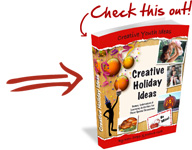 Creative Holiday Ideas
Creative Holiday IdeasGames and Activities in Celebration of common Holidays.
Creative Holiday Ideas has over 300 pages of ideas to help you plan not only your next Fall Festival or Halloween Alternative event, but also most of the other common holidays. If you’ve ever wondered what you’re going to do for the holidays and how you’re going to do it, this resource is for you.


